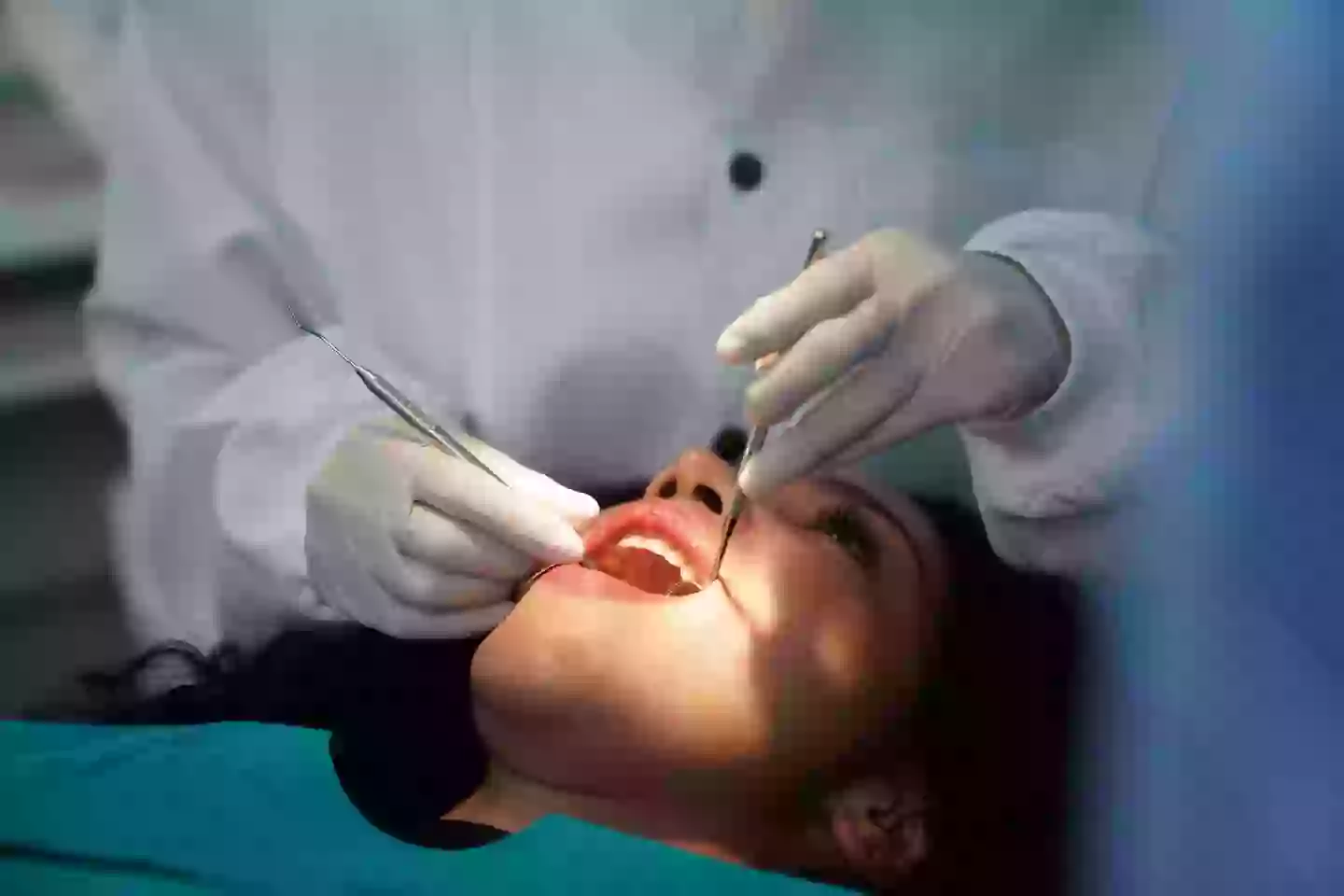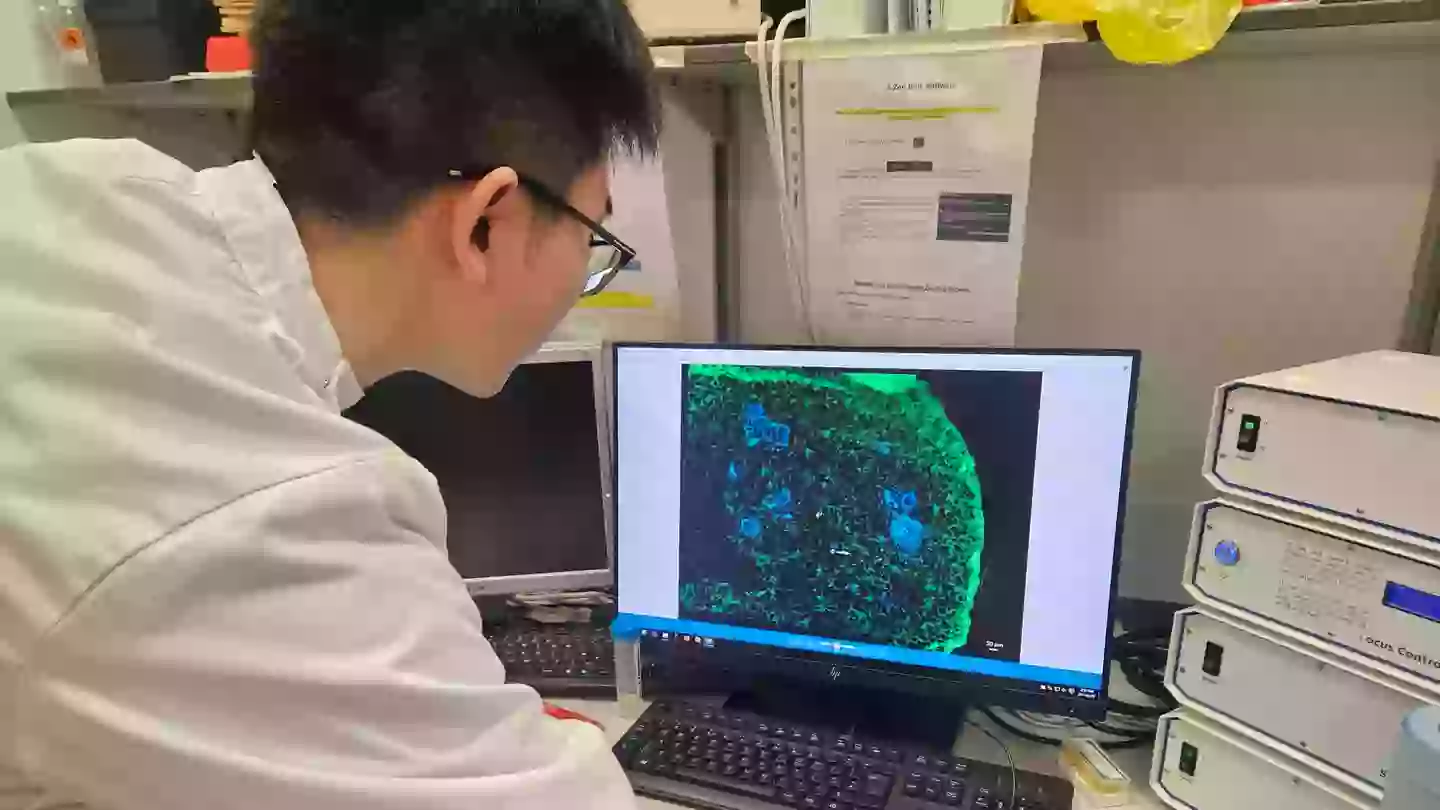Unlike sharks and elephants, which can regenerate their teeth multiple times, humans do not have such a luxury.
As adults, we are given just one set of teeth, requiring diligent care throughout our lives. This includes regular flossing, brushing, and annual dental check-ups, all of which can be quite demanding.
Despite our efforts for maintaining healthy teeth, getting fillings is sometimes inevitable. According to The Centers for Disease Control and Prevention (CDC), fillings are quite prevalent, with about 91 percent of Americans having at least one.
For those who have experienced getting a filling, it is known to be an uncomfortable process and can also be expensive. Without insurance, a single tooth filling can cost up to $500.

However, there is hope on the horizon as an alternative to fillings is being researched at King’s College London in the UK. This leading research involves developing lab-grown teeth, a project that has been underway for over a decade.
READ MORE:
DENTIST REVEALS COMMON MISTAKE PEOPLE MAKE THAT CAUSES YELLOW TEETH
DRUG THAT CAN REGROW TEETH APPROVED FOR HUMAN USE
These teeth, cultivated from a patient’s own cells, are designed to integrate naturally into the jaw, functioning much like a real tooth.
Check out a video showcasing this fascinating (and somewhat eerie) research here:
Xuechen Zhang from King’s College London’s Faculty of Dentistry, Oral & Craniofacial Sciences, commented on the research: “Fillings aren’t the best solution for repairing teeth.”
“Over time, they will weaken tooth structure, have a limited lifespan, and can lead to further decay or sensitivity. Implants require invasive surgery and a good combination of implants and alveolar bone.”
“Both solutions are artificial and don’t fully restore natural tooth function, potentially leading to long-term complications.”
“Lab-grown teeth would naturally regenerate, integrating into the jaw as real teeth. They would be stronger, longer lasting, and free from rejection risks, offering a more durable and biologically compatible solution than fillings or implants.”

While scientists have succeeded in creating a conducive environment for teeth growth, they now face the challenge of finding effective ways to implant them into patients’ mouths.
“We have different ideas to put the teeth inside the mouth,” Zhang explained. “We could transplant the young tooth cells at the location of the missing tooth and let them grow inside the mouth.”
“Alternatively, we could create the whole tooth in the lab before placing it in the patient’s mouth. For both options, we need to start the very early tooth development process in the lab.”

